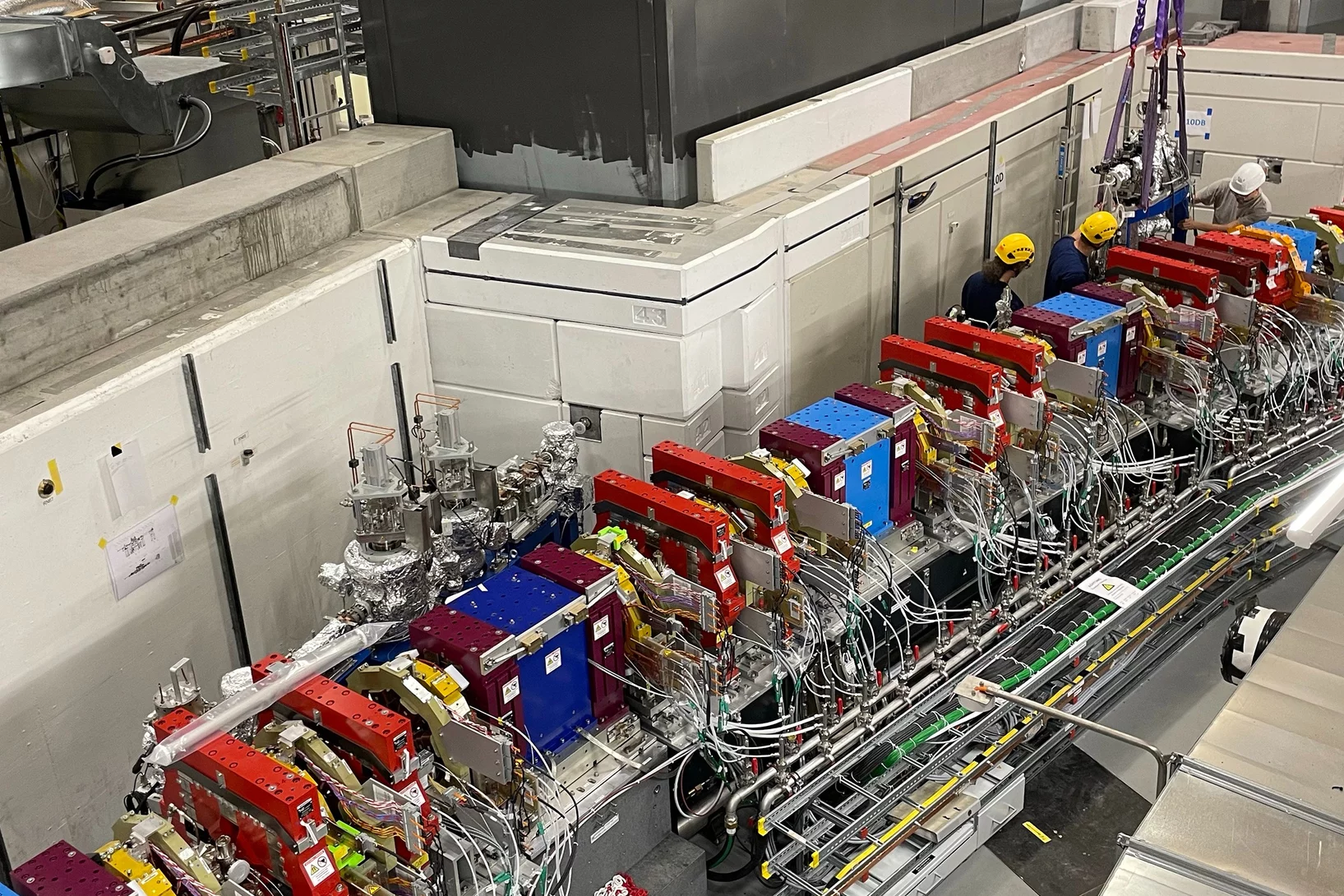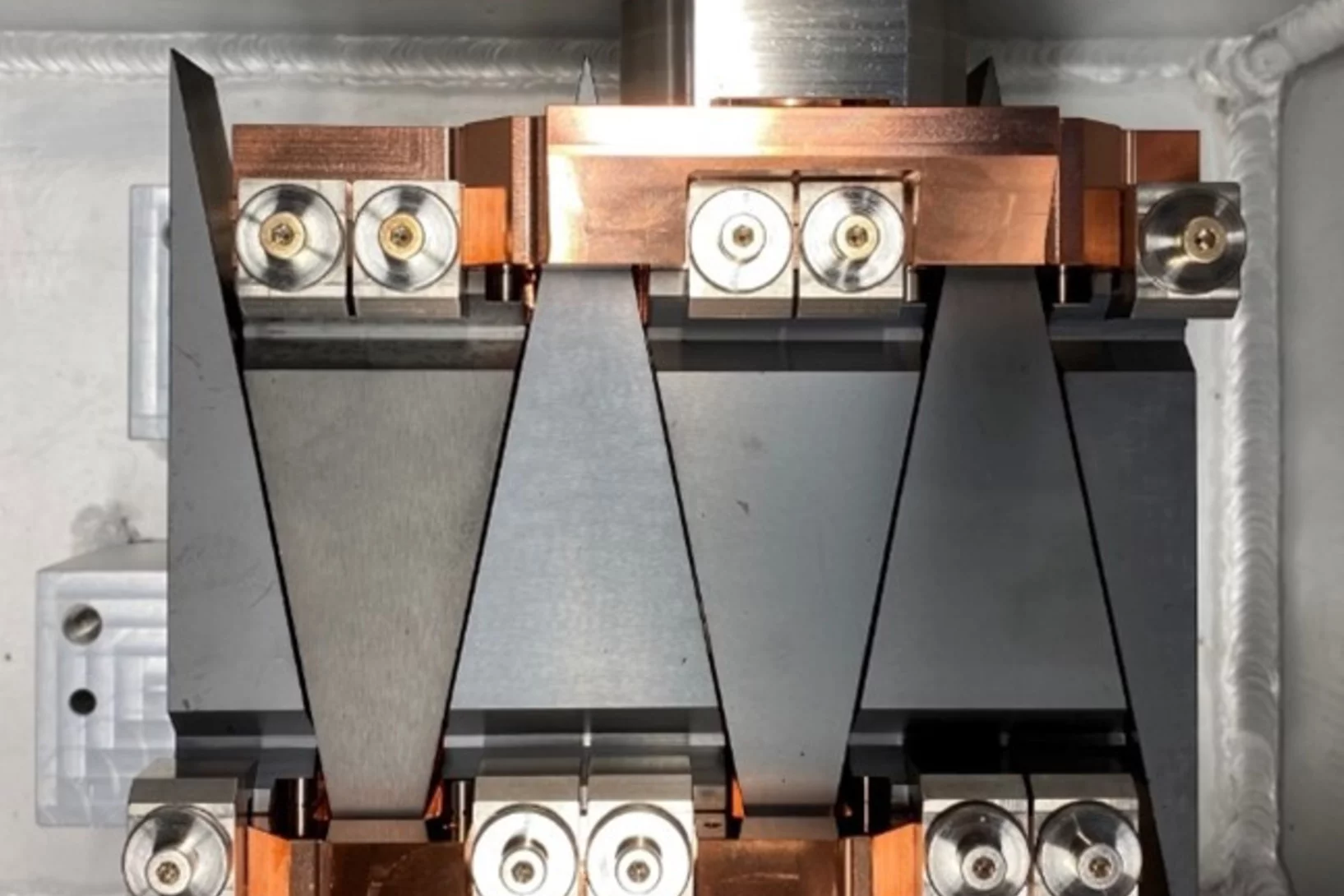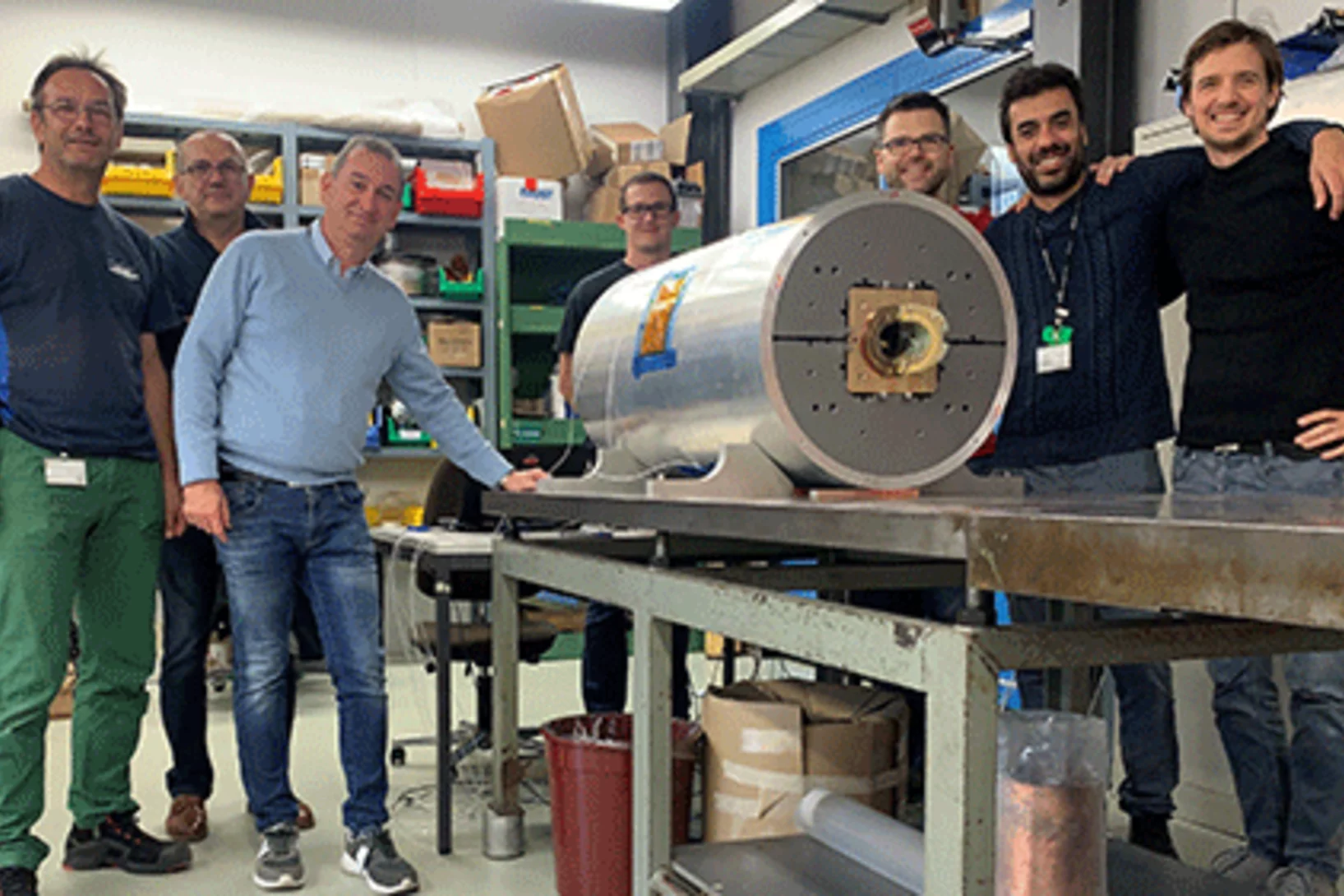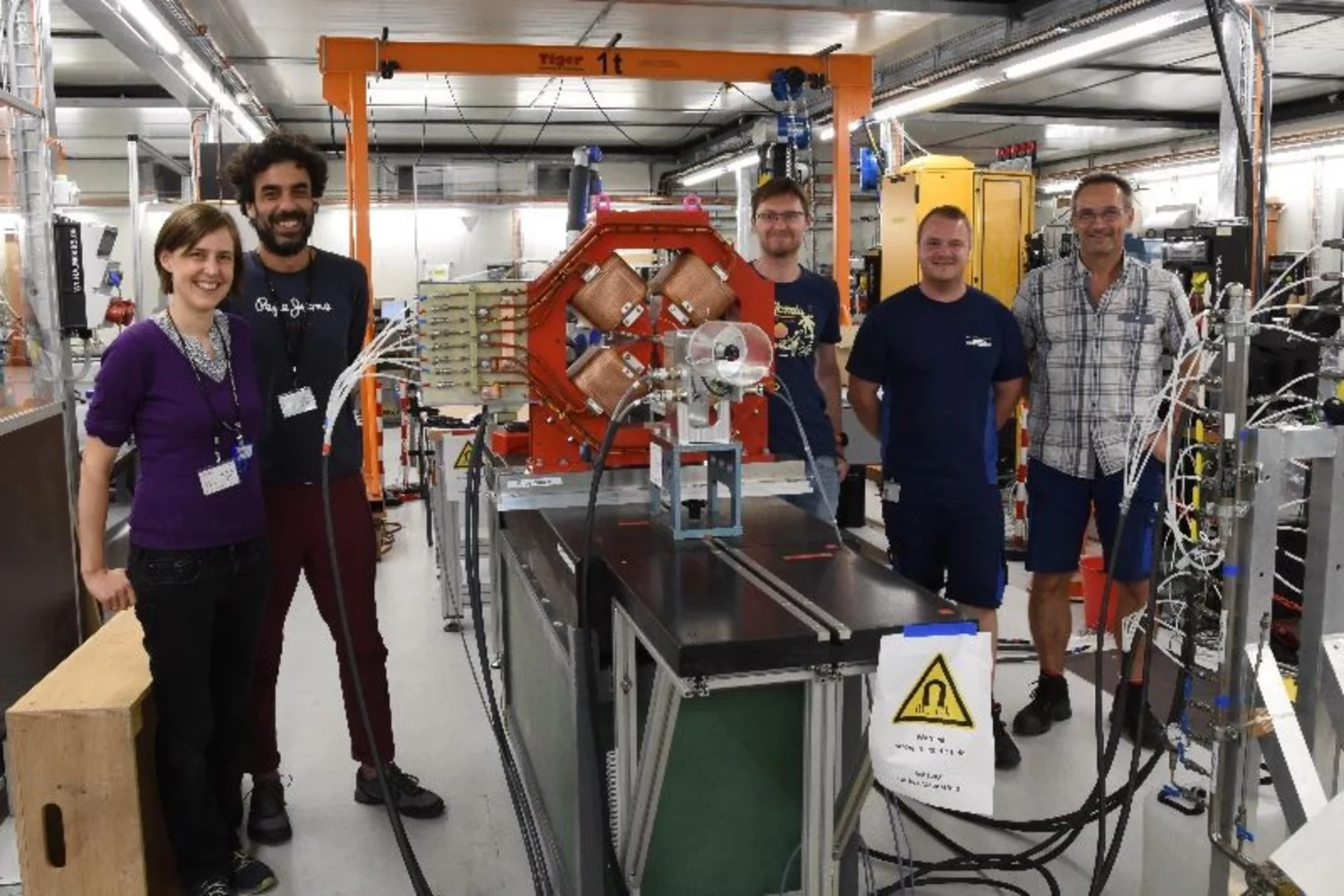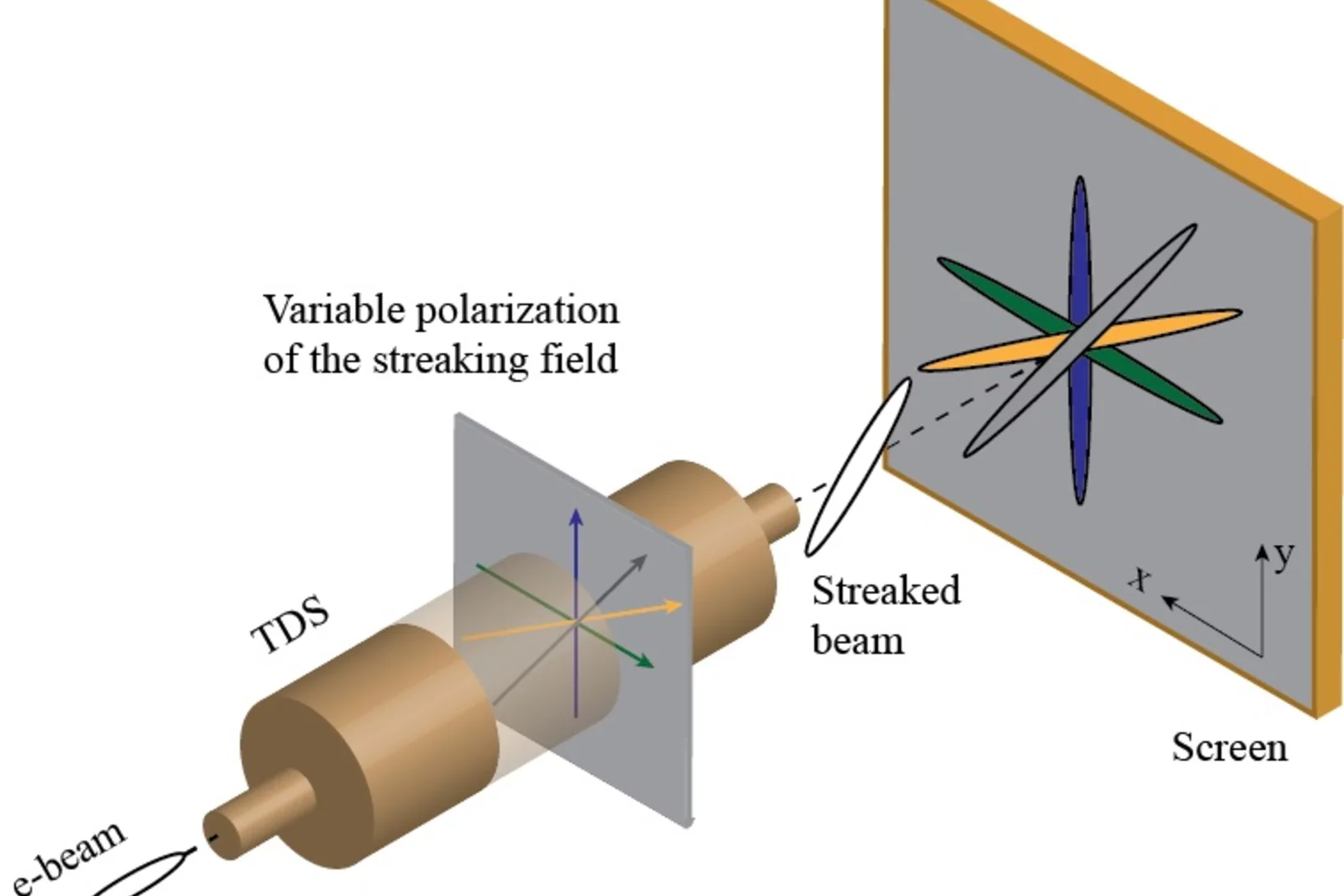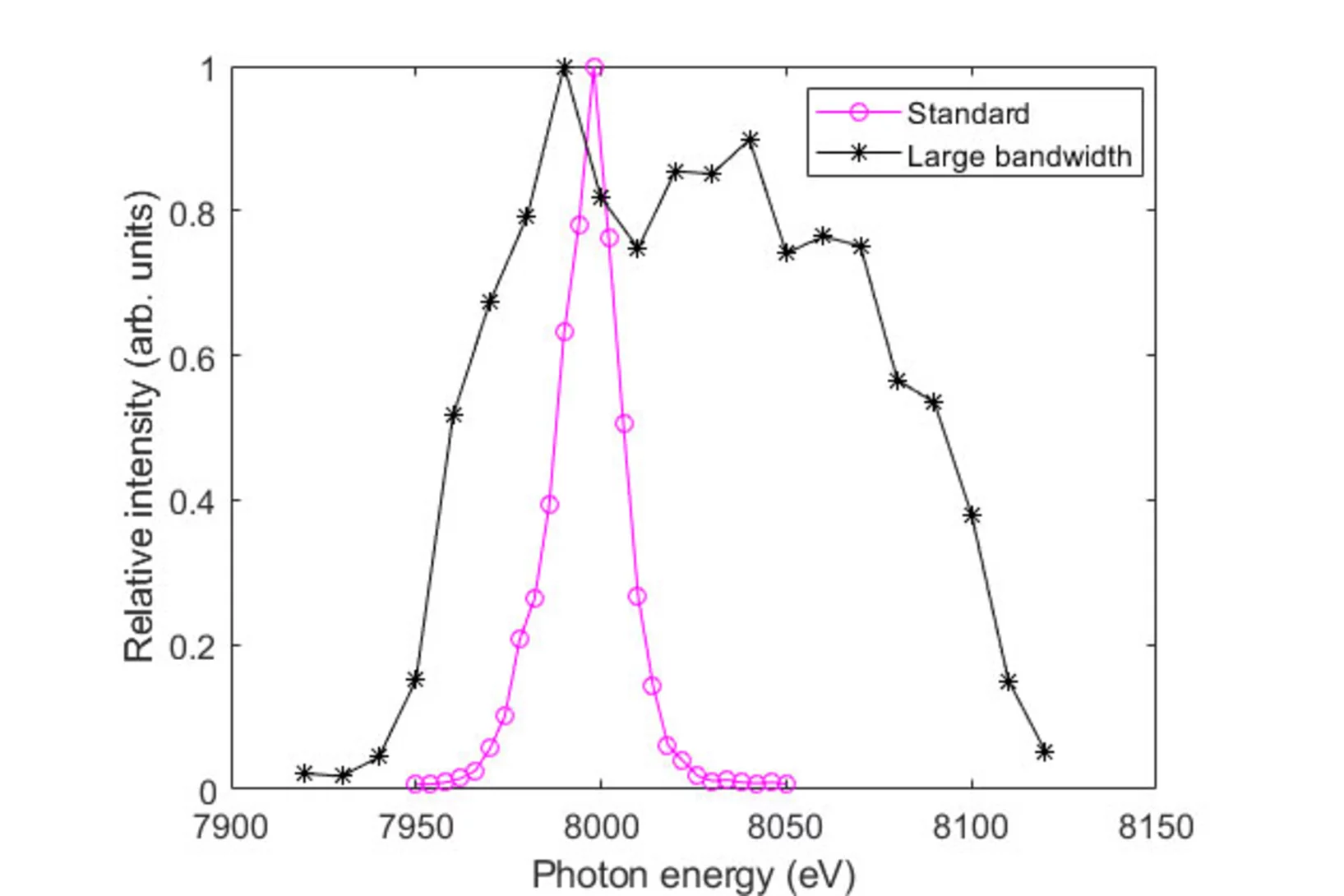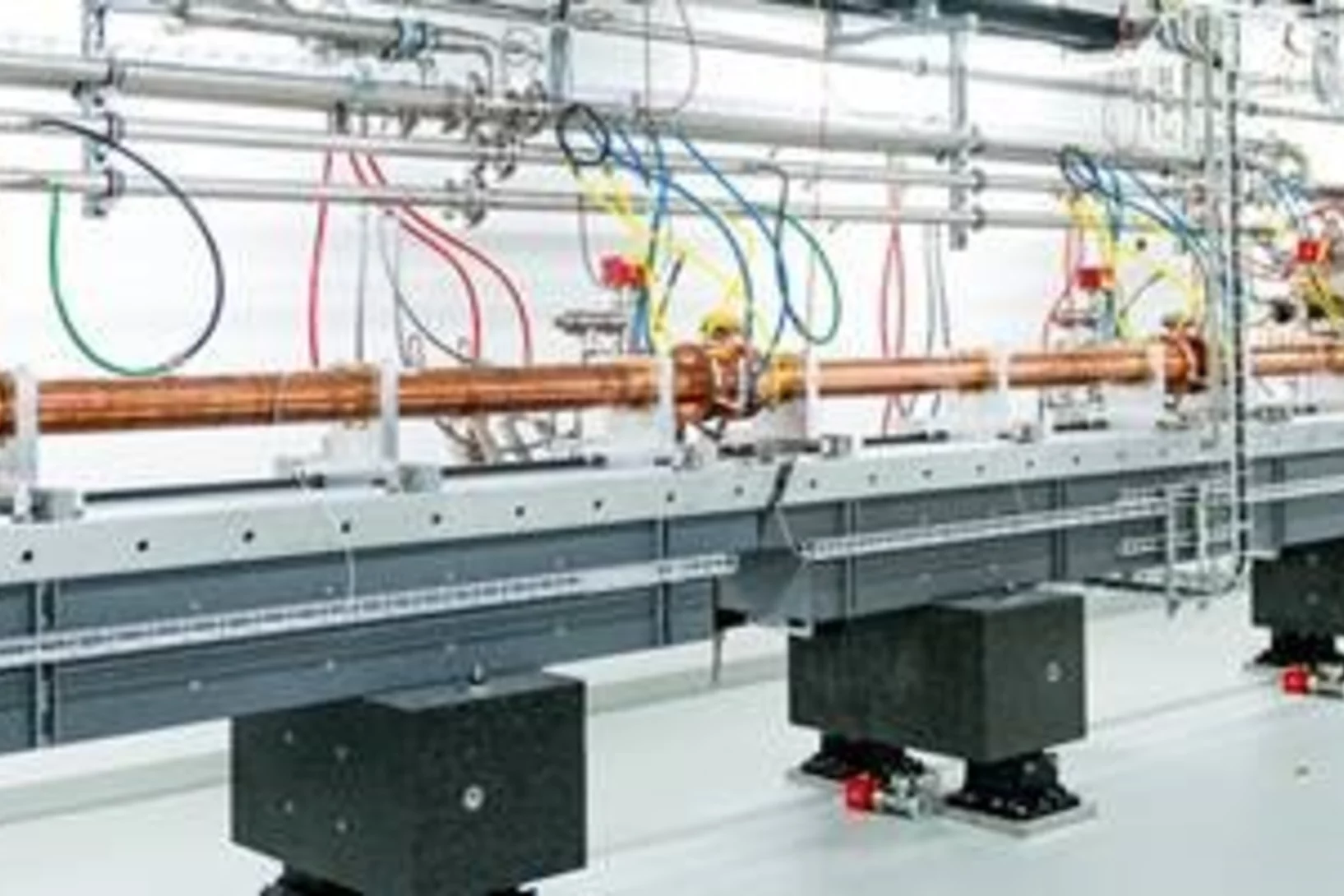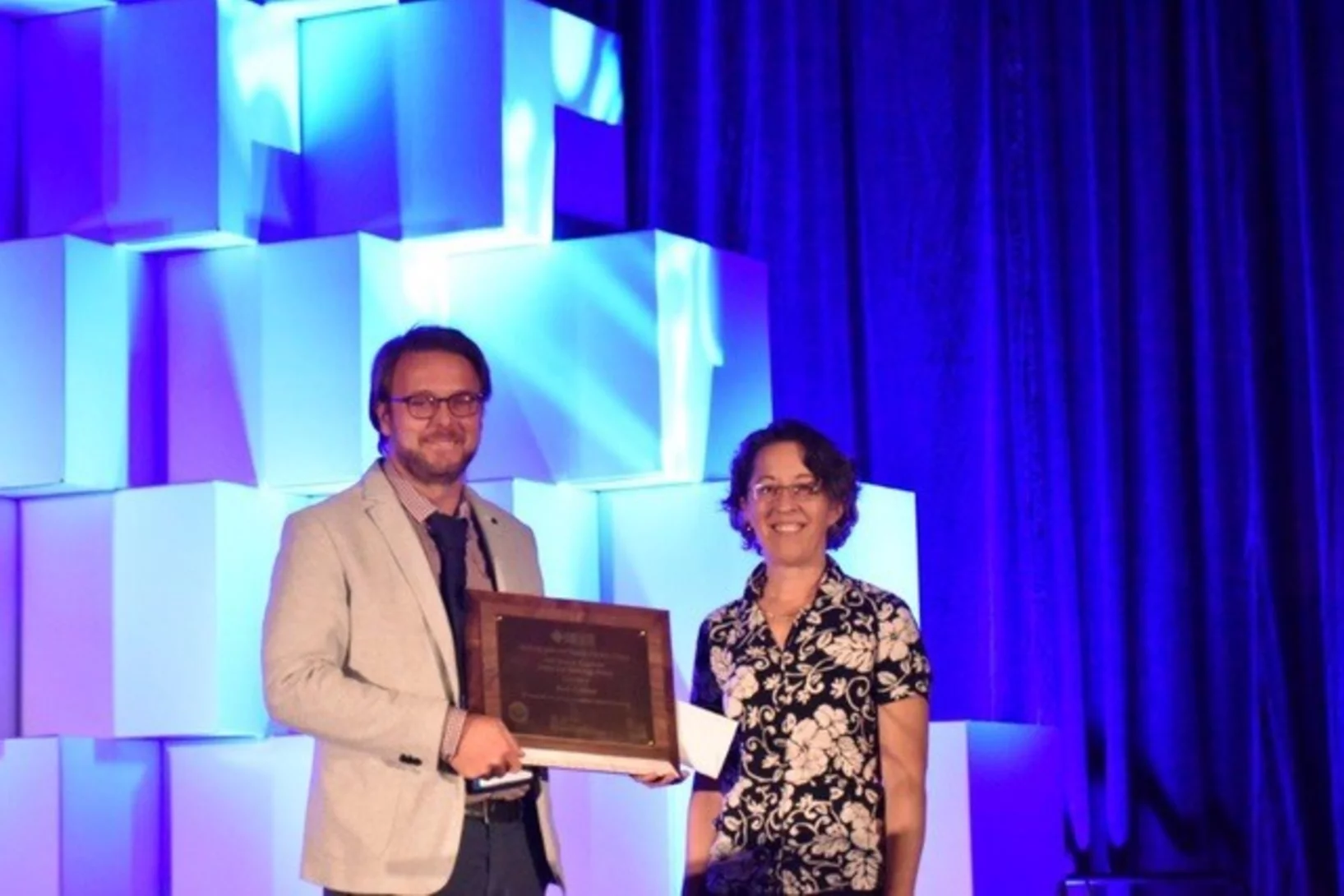Scientific Highlights from the Division Large Research Facilities
(GFA)
Scientific Highlights
Installation of the first two front ends for the SLS2.0 completed
At the Swiss Light Source SLS of the Paul Scherrer Institute, another important step has been taken towards the completion of the SLS 2.0 upgrade project.
A more efficient degrader for proton therapy
At PSI’s Center for Proton Therapy (CPT), protons are used to treat cancerous tumours in a highly targeted way that spares healthy tissue as much as possible. This is the result of the characteristic way in which charged particles interact with matter, so that a beam of protons deposits most of its energy at a certain depth in a material depending on the energy and the composition of the material. The dedicated medical cyclotron COMET accelerates protons to an energy of 250 MeV, which then have to be "slowed down" so that the energy matches the depth of the tumour to be treated.
CHART MagDev CCT Dipole achieves record field
As one of the first CHART projects, the MagDev activity at PSI designed and built a canted-cosine theta (CCT) demonstrator magnet, wound from Nb3Sn conductor.
Ready for SLS2.0: First magnet series measurement completed
The first magnet series consisting of 112 quadrupole electromagnets for SLS2.0 were measured to high precision using a special home-made rotating coils measurement system. This is an important step forward for the realization of SLS2.0, the upgrade of the Swiss Light Source (SLS) at PSI, and a milestone for the members of the Magnet Section in GFA.
New record photon pulse energies at SwissFEL
The very large number of coherent photons produced by free-electron lasers is one of the key qualities of such facilities, attracting users from numerous research fields including chemistry, biology and materials science. Recently, the two branches of PSI's free-electron laser SwissFEL each have reached new record pulse energies, packing more photons than ever before into ultrashort X-ray pulses delivered at rates of 100 Hz to the users of both beamlines.
Novel X-band transverse deflection structure with variable polarization
The growing request for sophisticated electron beam manipulation techniques for the optimization of Free Electron Lasers (FELs) or novel acceleration techniques requires enhanced beam control capabilities and characterization. One of the most important challenge is the development of new diagnostic techniques able to characterize the longitudinal phase space of the beam, including spatial correlation terms, with a resolution in the range of a few tens of fs to sub-fs.
Demonstration of Large Bandwidth Hard X-Ray Free-Electron Laser Pulses at SwissFEL
We have produced hard x-ray free-electron laser (FEL) radiation with unprecedented large bandwidth tunable up to 2%. The experiments have been carried out at SwissFEL, the x-ray FEL facility at the Paul Scherrer Institute in Switzerland. The bandwidth is enhanced by maximizing the energy chirp of the electron beam, which is accomplished by optimizing the compression setup. We demonstrate continuous tunability of the bandwidth with a simple method only requiring a quadrupole magnet. The generation of such broadband FEL pulses will improve the efficiency of many techniques such as x-ray crystallography and spectroscopy, opening the door to significant progress in photon science. It has already been demonstrated that the broadband pulses of SwissFEL are beneficial to enhance the performance of crystallography, and further SwissFEL users plan to exploit this large bandwidth radiation to improve the efficiency of their measurement techniques.
Generation and measurement of ultralow-emittance electron beams at SwissFEL
The emittance is a fundamental parameter of particle distributions accounting for the average spread of the particles’ positions and momenta. We have generated and characterized intense ultralow-emittance electron beams, setting new standards for electron linear accelerators. The measurements have been carried out at the SwissFEL accelerator of PSI. SwissFEL is one of the few X-ray free-electron lasers (FELs) worldwide, which are cutting-edge research instruments to investigate matter with resolutions at the level of atomic processes.
Award by NPSS
The IEEE Nuclear Plasma Science Society has recently awarded Dr. Paolo Craievich, leader of the group «RF-system 2» in GFA, with the Particle Accelerator Science Technology award for his exceptional contributions to accelerator science and technology. https://www.frib.msu.edu/events/2019/napac19/awards.html

